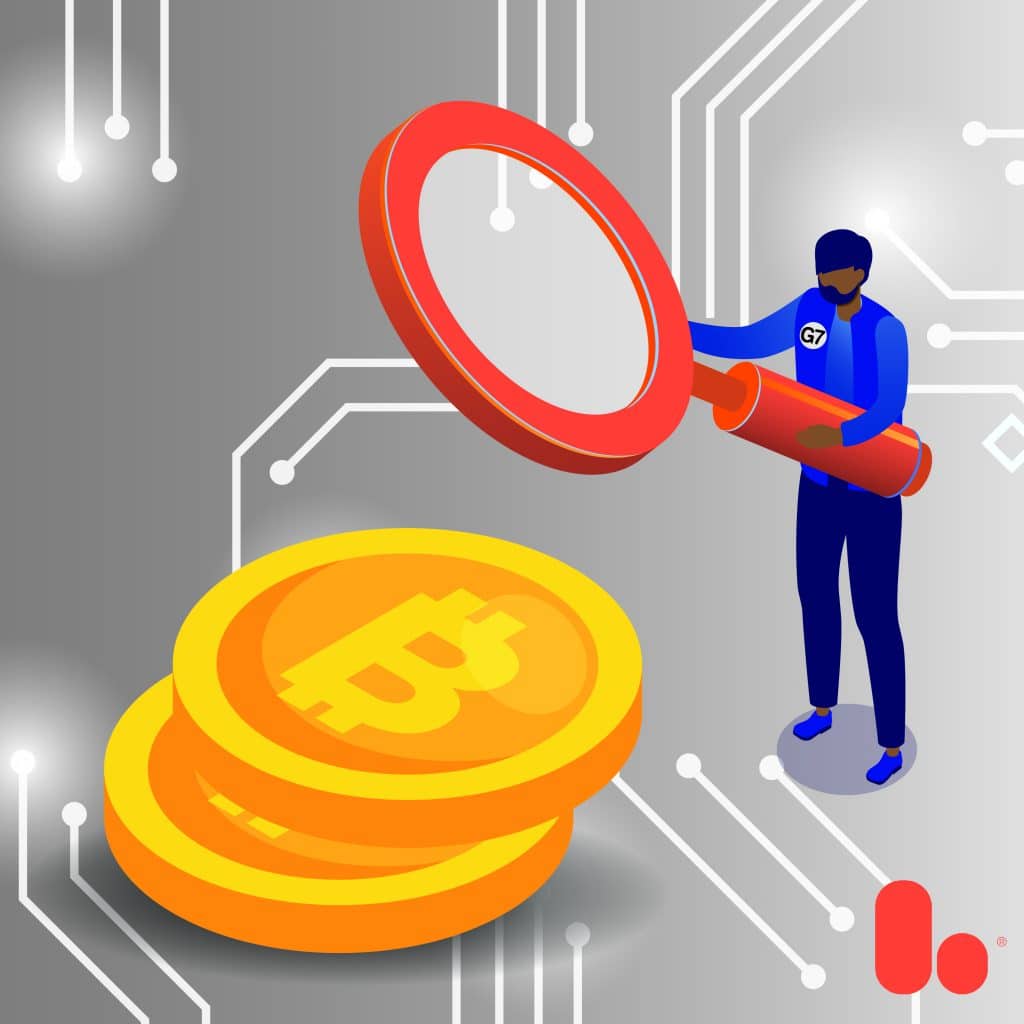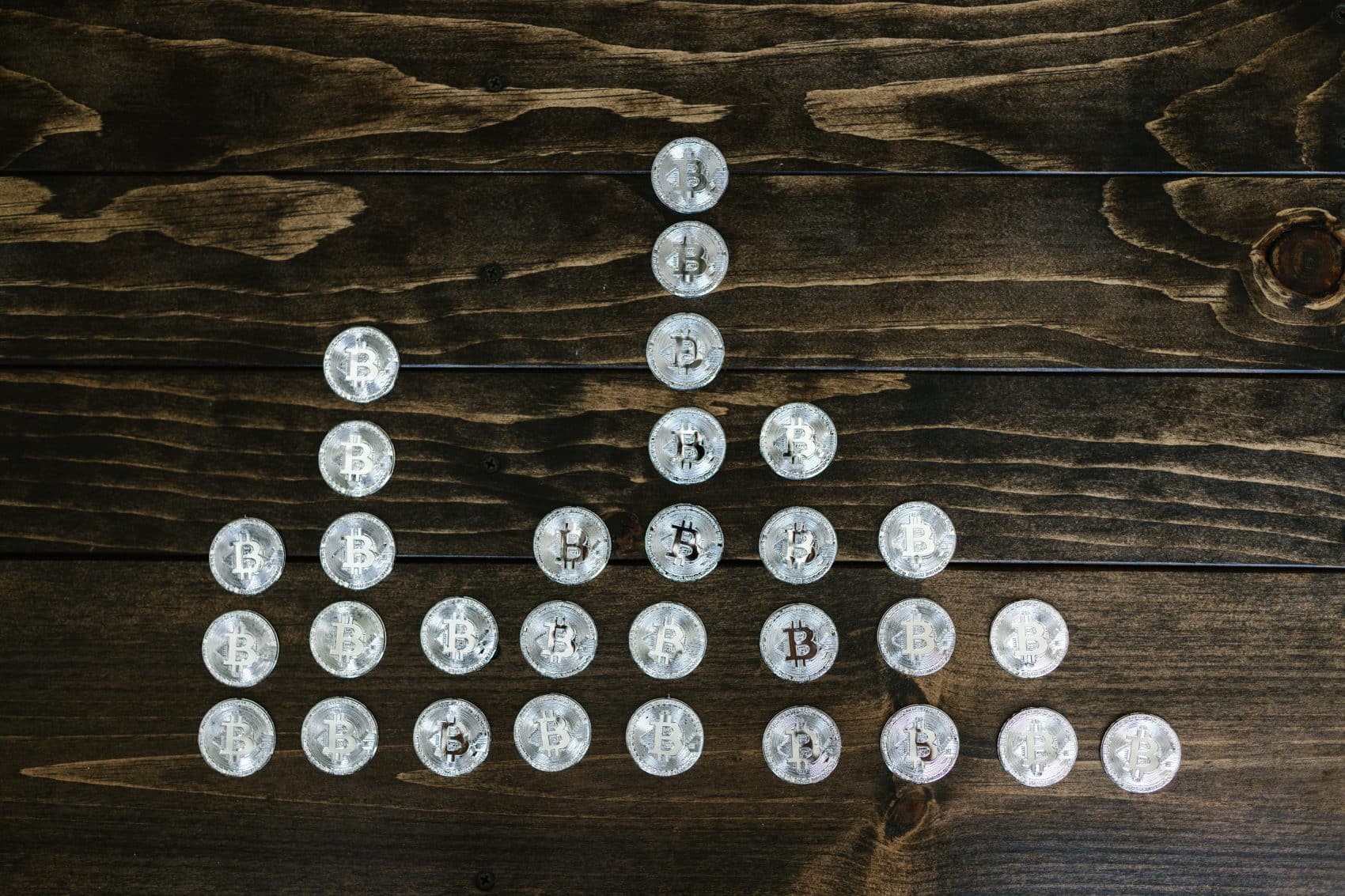Stablecoin in spotlight: After steep decline, G7 calls for tougher crypto regulations
DISCLAIMER: This post was last modified on 24 May 2022. Some information in this article may not be updated.
It’s time to have better crypto regulations, international financial ministers and watchdogs call.
The digital asset world has been on a rocky road in the past few weeks. Bitcoin is on its course to recording two straight months of losses. The largest ‘algorithmic stablecoin’ Terra Luna is experiencing an epic meltdown. From peaking at $119, Terra’s Luna coin is now worth $0 – it virtually has no worth for the time being. Its stablecoin sister, UST, pegged at the US dollar is, as of writing, also worth $0. It’s a plunge so historic it could determine the future of the stablecoin subsector; or, in an extreme scenario, completely wear out investor confidence in stablecoins (and cryptocurrency as a whole, to an extent).
It’s crash after crash in the crypto world. Crypto market leaders are saying they are ‘poor again’ amidst the crisis. Tether has paid about $10 billion to withdrawals since early May. However, it has assured the public that the stablecoin (1 is to $1) has enough reserves to accommodate massive redemptions. The largest stablecoin has dropped to a record low of $0.94 per coin. Small-time investors are bruised over losing their investments – some, even life savings.
Time for tough regulations?

In the third week of May, after drastic plunges in cryptocurrency – stablecoin, particularly – prices, G7 leaders expressed their concerns over the matter.
In its latest communique, the G7 said it throws its full support behind the Financial Stability Board in addressing risks in the crypto-asset world. Part of the statement reads:
In light of the recent turmoil in the crypto-asset market, the G7 urges the FSB, in close coordination with international standard-setters, to advance the swift development and implementation of consistent and comprehensive regulation of crypto-asset issuers and service providers.
Following the sharp decline in stablecoins – particularly the USD Terra (UST) – the G7 stated crypto-assets should follow the same standards as the rest of the financial system. The world leaders ask the Financial Action Task Force to implement ‘stronger disclosure and regulatory reporting’ on stablecoin reserves. The statement continues:
We reaffirm that no global stablecoin project should begin operation until it adequately addresses relevant legal, regulatory and oversight requirements through appropriate design and by adhering to appliable standards. The G7 remains committed to high regulatory standards for global stabelcoins, following the principle of same activity, same risk, same regulation.
To contextualise, UST is the leading ‘algorithmic stablecoin’ globally. This means that 1 to $1 UST is not backed by fiat or physical reserves the way traditional stablecoins are so that they preserve their dollar peg. Instead, UST relies on its sister base coin Luna (1 Luna coin is burnt when a UST is minted and vice-versa) to balance the coin supply-demand and soak up volatility. Both UST and Luna plummeted (worst hit in the recent crypto crash). The Terra Luna crash wiped out about $45 billion worth of investments overnight.
Existing crypto regulations
Cryptocurrency is a decentralised financial system. It is inherently designed to be detached from any central institution – like banks or governments – so it cannot be controlled by a single entity, but by the crypto actors within the blockchain. Still, the trillion-dollar market is carefully being watched by world leaders and financial regulators, especially sceptical ones. Given the risks – price volatility, ransomware attacks and lack of regulations, mainly – concerns are unsurprising.
Currently, there are existing regulations surrounding cryptocurrency – security measures, anti-money laundering protocols and tax issues. The European Union, for example, highlights crypto regulations through the MiCA or Markets in Crypto-assets proposal, which is a part of the Commission’s Digital Finance package seeking to regulate the digital financial landscape.
With regards to stablecoins, part of the MiCA proposal reads:
While the crypto-asset market remains modest in size and does not currently pose a threat to financial stability, this may change with the advent of ‘global stablecoins’, which seek wider adoption by incorporating features aimed at stabilising their value and by exploiting the network effects stemming from the firms promoting these assets.
Under the MiCA proposal, the Commission calls for the entire crypto market to align its regulations with that of recognised financial regulators: FSB and FATF. Moreover, EU-based crypto issuers would also be subject to EU laws. MiCA also ensures the ‘limiting’ of stablecoin use and investment in the bloc. Read more on MiCA here.
EU’s DAC-8 also minimises the potential risks of the barely-regulated digital financial world. Principally, DAC-8 is concerned about the possibility of tax fraud, tax evasion and tax competition between EU jurisdictions as there is a lack of regulations to oversee the crypto market’s taxation system. We previously discussed DAC-8 in this article.
On the other hand, the US has come up with regulations related to taxing cryptocurrencies in the country. We discussed crypto tax in the US in this article.
Over in Asia, Singapore is at the forefront of working on stricter rules on how cryptocurrency works in the financial hub. The Monetary Authority of Singapore (MAS) acknowledged the healthy economic activity that cryptocurrency brings, as long as it’s checked. Its two-point approach: one, grow digital asset capabilities; two, manage the risks. The MAS regulates services related to digital assets in terms of activity, whilst allowing innovation. Generally, MAS’ regulations are focused on anti-money laundering and technology risks.
MAS managing director Ravi Menon said in 2017, ‘On the international front, the community could do more to itemise the various risks, rather than to speak of them as a basket of risks. Money laundering risks would require a specific kind of regulation. Technology and cyber-related risks are also important in this space and thirdly, investor protection.’
As cryptocurrency is a relatively new digital financial system with a massive potential to change the way the global economy works – new regulations might be needed: to manage the risks, protect investor interest and make sure the blockchain works for the public economy.
For now, it’s foggy; but when there is a more harmonious set of international policies and standards with which the crypto market should align, perhaps there will be a clearer direction to where this ever-volatile market can go. Whether up or down — that remains to be a question.
Bolder regulations mean bolder requirements
As the finance ministers and world leaders have started laying down plans to regulate the crypto market on both national and international levels, stricter compliance requirements are not too far behind: KYC and AML, specifically.
Bolder Group, an international fund administrator with locations in Europe, the Americas and Asia, has been servicing clients in the traditional and digital financial systems for decades. Our team of compliance officers and governance solutions experts can help you navigate the crypto world better, by easing the burden of compliance so you can focus on growing your investments and diversifying your portfolio.
Our crypto experts are also well-equipped and refreshed on the latest in the digital asset world. Bolder Group also offers crypto fund administration services.
To know more about what we can do, reach out to us today.
